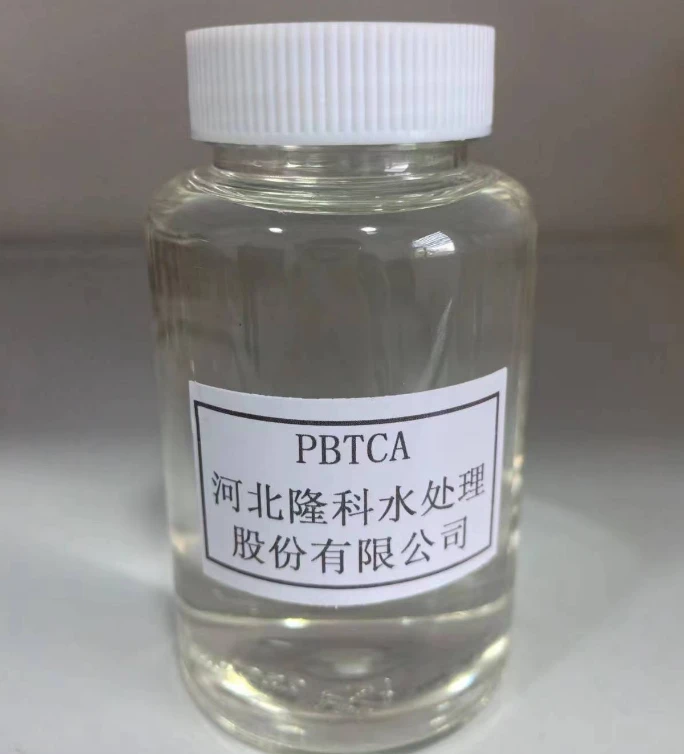Polyacrylamide Solutions in Water for Various Applications and Techniques
Polyacrylamide in Water Applications, Preparation, and Environmental Considerations
Polyacrylamide, a versatile polymer derived from acrylamide monomers, is widely recognized for its myriad applications across industries, particularly in water treatment, agriculture, and pharmaceuticals. Its ability to dissolve in water and form gels or viscous solutions has made it crucial in a variety of processes. This article will explore the significance of polyacrylamide in water, detailing its preparation methods, applications, and environmental considerations.
Preparation of Polyacrylamide
Polyacrylamide is synthesized through the polymerization of acrylamide in aqueous solutions. The process usually involves free radical initiation, where a chemical initiator (like potassium persulfate) is used to trigger the polymerization reaction. The choice of initiator, concentration, and environmental conditions such as pH and temperature can influence the molecular weight and properties of the final polymer. The resulting polymer can be tailored to specific applications by varying these parameters, leading to differing forms such as anionic, cationic, or nonionic polyacrylamide, each having unique properties.
Applications of Polyacrylamide in Water
1. Water Treatment One of the most prominent uses of polyacrylamide is in water treatment processes. It acts as a flocculant, facilitating the aggregation of small particles and contaminants into larger flocs that can be easily removed from water. This application is critical in municipal wastewater treatment plants, where it helps to improve water clarity and reduce the need for additional chemical treatments.
2. Oil Recovery In the oil industry, polyacrylamide is employed in enhanced oil recovery methods. By injecting polyacrylamide solutions into oil reservoirs, operators can increase the viscosity of water, improving the displacement of oil and ultimately boosting recovery rates. This application is especially relevant in mature oil fields, where extraction efficiency declines over time.
3. Agriculture Polyacrylamide is also used in agriculture as a soil conditioner. It helps to improve soil structure, reduce erosion, and retain moisture, especially in arid regions. When incorporated into the soil, polyacrylamide can enhance water retention capacity, leading to improved plant growth and crop yields. Additionally, it aids in reducing irrigation frequency, making it an effective tool for sustainable agricultural practices.
polyacrylamide in water

4. Biomedical Applications In the field of pharmaceuticals and biomedicine, polyacrylamide serves as a stabilizing agent for proteins and enzymes in aqueous solutions. Its biocompatibility allows for its use in drug delivery systems and as a gel matrix for electrophoresis, enabling the separation and analysis of biomolecules.
Environmental Considerations
Despite its numerous benefits, the use of polyacrylamide raises environmental concerns, particularly regarding its potential toxicity. Acrylamide is considered a neurotoxin and a potential carcinogen, posing risks if polymer degradation occurs in the environment or during industrial applications. Therefore, careful handling and monitoring are paramount to mitigate any risks associated with its use.
Moreover, while polyacrylamide itself is not considered harmful to aquatic life when fully polymerized, the residual monomers from manufacturing processes can be of concern. It is crucial to adhere to regulatory standards regarding its use, ensuring that any applications, particularly in water treatment, do not introduce undesirable substances into the environment.
In recent years, research efforts have been directed towards developing biodegradable alternatives to conventional polyacrylamide. These biopolymers could provide similar functionalities without the associated environmental risks.
Conclusion
Polyacrylamide's solubility in water and its unique properties make it a vital polymer in various sectors. From improving water quality in treatment facilities to enhancing agricultural productivity and supporting industrial processes, its broad range of applications highlights its importance. However, with this utility comes the need for responsible management and consideration of environmental impacts. As research continues to innovate and improve, the future of polyacrylamide may shift towards more sustainable practices, ensuring its benefits can be harnessed without compromising environmental integrity.
-
Scale and Corrosion Inhibitors: Key to Industrial Water TreatmentNewsMay.22,2025
-
Organic Phosphate: Structure, Properties, and ApplicationsNewsMay.22,2025
-
Isothiazolinones: a versatile and versatile biocide with a wide range of applicationsNewsMay.22,2025
-
Industrial Flocculant: The Key to Optimizing Industrial ProcessesNewsMay.22,2025
-
Hydrolyzed Polymaleic Anhydride: Structure, Properties, and ApplicationsNewsMay.22,2025
-
Application of Flocculant in Water TreatmentNewsMay.22,2025





